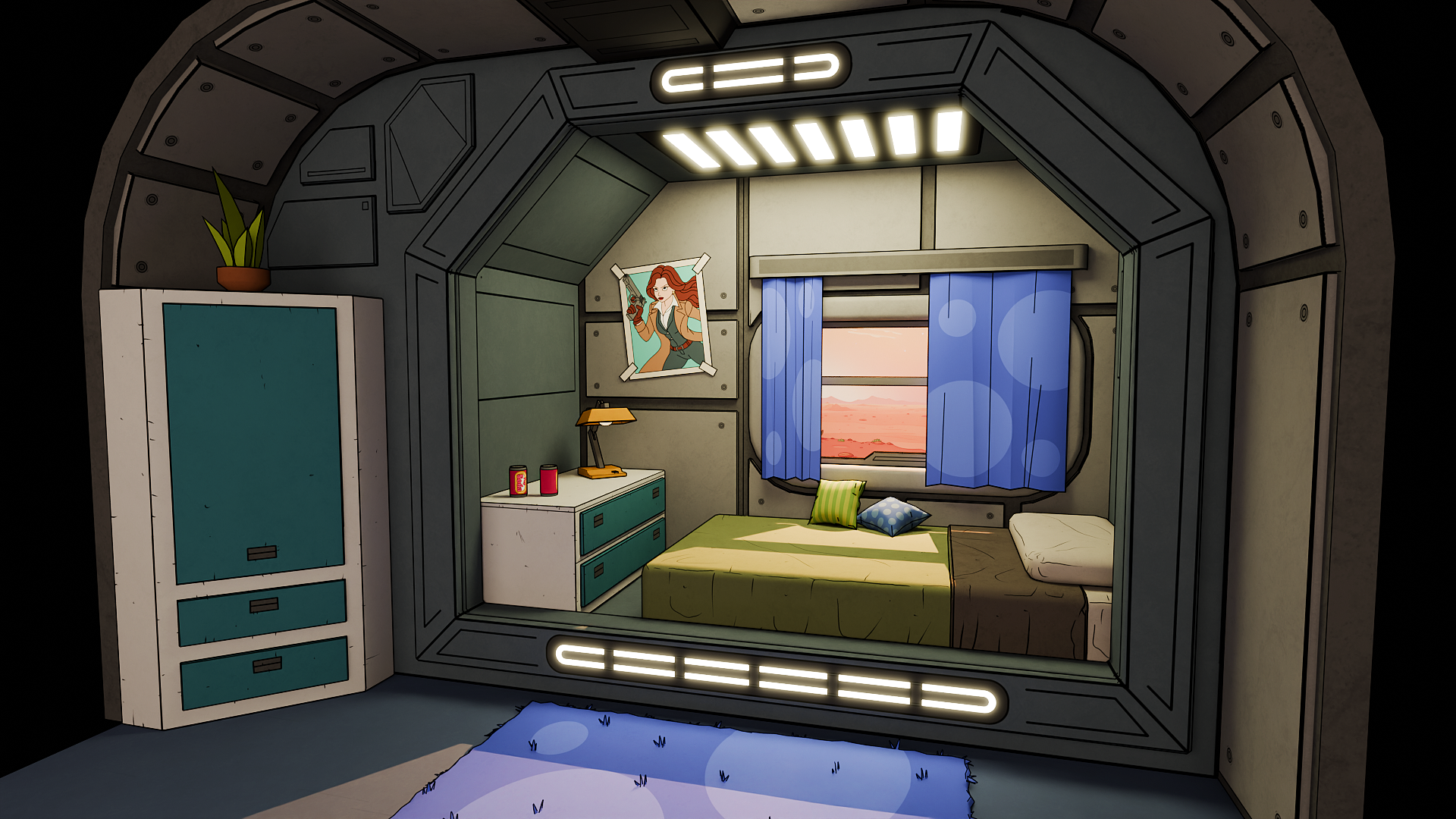Ever thought about diving into game development solo? It's 2026, and if you still think you need a big team to create a hit game, you're missing out! With the rise of powerful indie tools and a wealth of resources, anyone can bring their vision to life from the comfort of their bedroom.
Start small: sketch out your game concept, and then pick one tool—like Unity or Godot—to get your feet wet. Don’t overthink it; embrace the chaos of creating! You'll learn more from one failed prototype than from endless planning.
What’s stopping you from taking the plunge? Share your thoughts!
#GameDev #IndieGame #SoloDeveloper #CreateYourOwnGame #GameDesign
Start small: sketch out your game concept, and then pick one tool—like Unity or Godot—to get your feet wet. Don’t overthink it; embrace the chaos of creating! You'll learn more from one failed prototype than from endless planning.
What’s stopping you from taking the plunge? Share your thoughts!
#GameDev #IndieGame #SoloDeveloper #CreateYourOwnGame #GameDesign
Ever thought about diving into game development solo? It's 2026, and if you still think you need a big team to create a hit game, you're missing out! With the rise of powerful indie tools and a wealth of resources, anyone can bring their vision to life from the comfort of their bedroom.
Start small: sketch out your game concept, and then pick one tool—like Unity or Godot—to get your feet wet. Don’t overthink it; embrace the chaos of creating! You'll learn more from one failed prototype than from endless planning.
What’s stopping you from taking the plunge? Share your thoughts!
#GameDev #IndieGame #SoloDeveloper #CreateYourOwnGame #GameDesign
0 Σχόλια
·0 Μοιράστηκε








